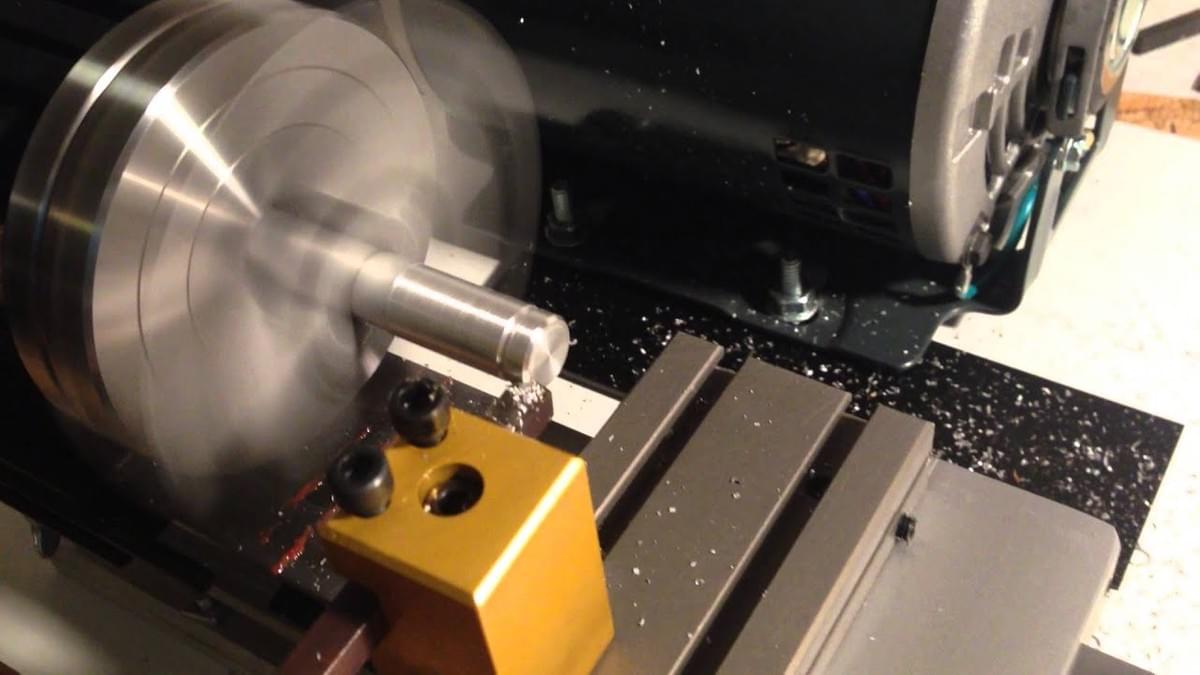Introduction
CNC lathes play a crucial role in the manufacturing world, enabling the production of intricate and precise components. One essential aspect of CNC lathe operations is chamfer programming, which involves creating beveled edges on workpieces. This guide will provide step-by-step instructions on how to program a chamfer on a CNC lathe, offering valuable insights and tips for successful implementation.
In the world of manufacturing, precision and quality are paramount. Every component produced must meet strict tolerances and specifications to ensure proper fitment and functionality within larger assemblies or systems. Precision chamfer programming plays a significant role in achieving these standards by ensuring edges are properly beveled with minimal deviations from the desired dimensions.
SYIL Machine Tools develops and manufactures precision CNC machines for milling and drilling. With over 12k machines supplied globally, they prioritize quality and sustainability. Operating in multiple countries, SYIL is becoming a recognized brand in the industry.
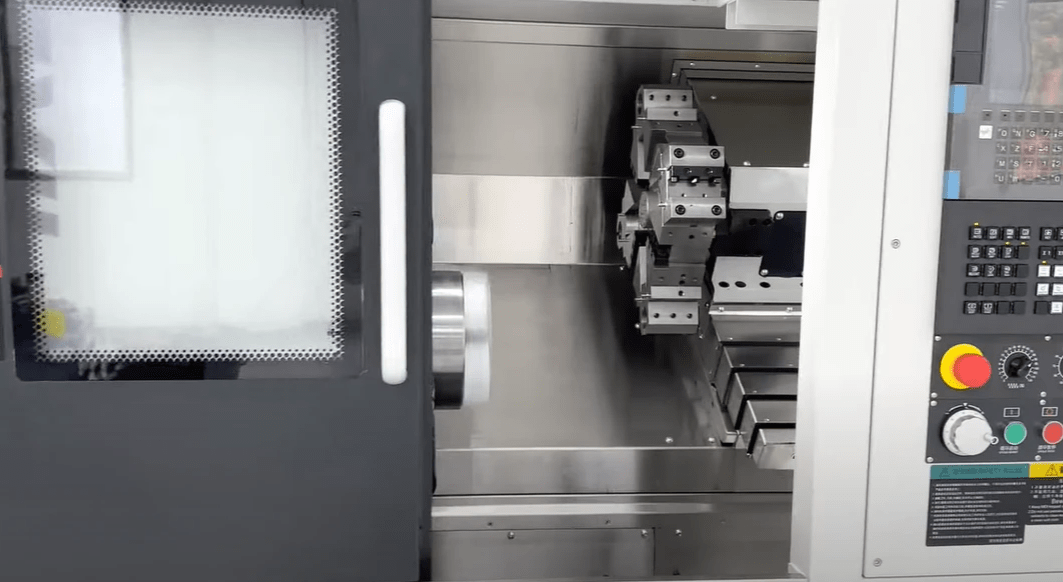
Understanding Chamfers
Chamfers play a crucial role in CNC machining, particularly in lathe operations. Let's delve into what chamfers are, their purpose, different types, and the benefits they offer. Additionally, we'll explore SYIL Machine Tools' dedication to precision chamfer programming.
Different Types of Chamfers and Their Applications
There are several types of chamfers used in CNC machining, each serving specific applications:
1. Straight chamfer: This is the most common chamfer type with a linear cut along an edge or corner at a fixed angle.
2. Angle chamfer: Also known as a tapered chamfer, it involves cutting at an angle along an edge or corner.
3. Radius chamfer: In this type of chamfer, the sharp edge is replaced with a curved surface by removing material from the corner.
The choice of chamfer type depends on factors such as design requirements, functionality, and aesthetic preferences.
SYIL Machine Tools recognizes the importance of precision chamfer programming in CNC machining. With its expertise in developing and manufacturing precision CNC machines, SYIL ensures they are equipped with advanced programming capabilities for efficient and accurate chamfering operations. By prioritizing quality and sustainability, SYIL has become a recognized brand in the industry, operating globally and supplying over 12,000 machines worldwide.
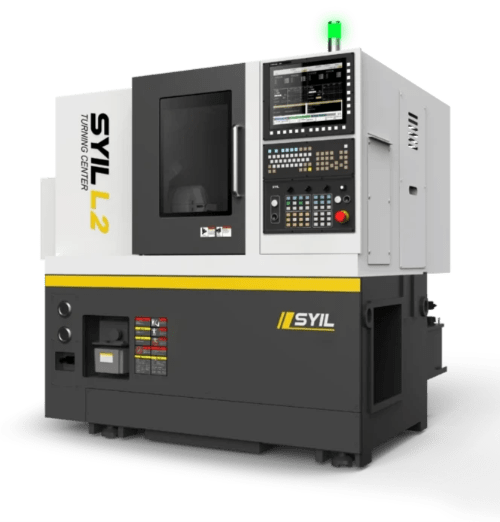
Programming a Chamfer on a CNC Lathe
Chamfer programming on a CNC lathe requires careful setup and precise parameter input to ensure accurate results. In this section, we will guide you through the step-by-step process of programming a chamfer on a CNC lathe, using the expertise of SYIL Machine Tools.
Setting up the CNC machine for chamfer programming
Before programming a chamfer on a CNC lathe, it is essential to set up the machine properly. This includes securing the workpiece firmly and aligning it with the lathe's axis. Additionally, ensuring that the cutting tools are properly installed and adjusted is crucial for achieving precise chamfers.
SYIL Machine Tools provides advanced CNC lathes with easy setup features, allowing operators to prepare the machine for chamfer programming quickly. Their machines are equipped with user-friendly interfaces that simplify the setup process, ensuring efficient and accurate results.
Choosing the appropriate tooling for chamfer operations
Selecting suitable tooling is vital for successful chamfer operations on a CNC lathe. The choice of tool depends on factors such as material type, desired chamfer angle, and cutting speed requirements. Carbide inserts are commonly used for their durability and versatility in machining various materials.
SYIL Machine Tools offers various tooling options specifically designed for chamfer operations on their CNC lathes. Their extensive selection ensures operators can choose the most appropriate tools based on their specific machining needs.
Determining the correct parameters for chamfer programming
Determining accurate parameters is crucial when programming a chamfer on a CNC lathe. Parameters include feed rates, spindle speeds, depth of cut, and tool offsets. These values must be carefully calculated to achieve optimal results without compromising precision or quality.
SYIL Machine Tools provides comprehensive documentation and support to assist operators in determining the correct parameters for chamfer programming. Their expertise in CNC machining ensures that operators can achieve the desired chamfer dimensions while maintaining exceptional accuracy.
Writing and inputting the chamfer program code
Once the CNC lathe is set up and the appropriate tooling is selected, it's time to write and input the chamfer program code. This code instructs the machine to execute the chamfer operation, specifying tool movements, feed rates, and other essential parameters.
SYIL Machine Tools offers intuitive software solutions that simplify the process of writing and inputting chamfer program codes. Their user-friendly interfaces enable operators to create precise programs without extensive programming knowledge easily.
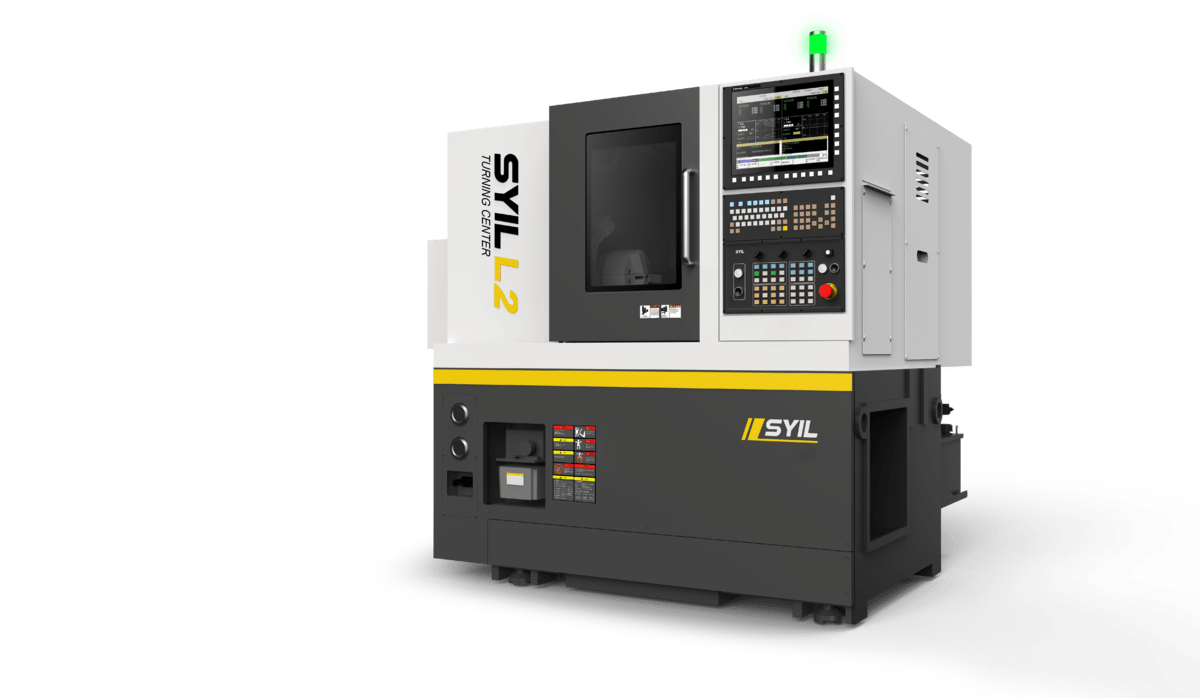
Troubleshooting and Optimizing Chamfer Programming
Chamfer programming on a CNC lathe can sometimes encounter issues that need to be identified and resolved for optimal performance. In this section, we will discuss common problems that may arise, troubleshooting techniques to overcome errors, and methods to optimize chamfer programs for enhanced efficiency. Additionally, we will highlight SYIL's advanced technology that ensures error-free chamfer programming.
Identifying Common Issues in Chamfer Programming
When programming a chamfer on a CNC lathe, several issues may arise that can affect the accuracy and quality of the final product. Some common problems include incorrect tool selection, improper parameter settings, and errors in the program code.
One issue that frequently occurs is choosing the wrong tooling for chamfer operations. Using an unsuitable tool can lead to poor surface finish or even damage to the workpiece. It is crucial to select the appropriate tooling based on factors such as material type, chamfer angle, and depth of cut.
Another common problem is setting incorrect parameters for chamfer programming. This can result in inaccurate dimensions or improper cutting speeds and feeds. It is essential to carefully determine the correct values for parameters such as feed rate, spindle speed, depth of cut, and tool offsets.
Errors in the program code are also a frequent issue in chamfer programming. These errors can lead to unexpected movements or incorrect positioning of the cutting tool. Thoroughly reviewing and debugging the program code is necessary to ensure its accuracy.
Troubleshooting Techniques for Chamfer Programming Errors
To address issues encountered during chamfer programming on a CNC lathe, several troubleshooting techniques can be employed:
1. Double-checking tool selection: Verify that you have chosen the correct tooling based on your specific requirements.
2. Reviewing parameter settings: Carefully examine all parameter values to ensure they align with your desired outcomes.
3. Debugging the program code: Go through the program code line by line, checking for any syntax errors or incorrect commands.
4. Simulating the program: Utilize CNC simulation software to visualize the tool's movement and verify its accuracy before running it on the actual machine.
5. Consulting technical support: If you cannot resolve an issue on your own, contact SYIL's technical support team for expert assistance and guidance.
Safety Considerations for Chamfer Programming
Chamfer programming on CNC lathes is a crucial aspect of precision machining. However, safety precautions must be prioritized to ensure the well-being of operators and prevent accidents. This section will highlight the importance of safety in CNC lathe operations, provide safety guidelines for programming chamfers, discuss potential risks, and emphasize SYIL's commitment to promoting operator safety during chamfer programming.
Safety Guidelines for Programming Chamfers on CNC Lathes
When programming chamfers on a CNC lathe, it is important to follow specific safety guidelines to ensure smooth and secure operations. These guidelines include:
1. Double-Check Program Code: Before executing the chamfer program, carefully review the code for errors or inconsistencies. A small mistake could lead to unexpected movements or collisions.
2. Secure Workpiece: Ensure that the workpiece is securely clamped or held in place during chamfering operations. This prevents any movement or displacement that could result in accidents.
3. Tool Selection: Choose appropriate tools for chamfering that are specifically designed for CNC lathe operations. Using incorrect tools can lead to poor results and potential hazards.
4. Clear Communication: Maintain clear communication between the operator and other personnel present in the workspace during chamfer programming. This ensures everyone is aware of ongoing operations and potential risks.
5. Regular Maintenance: Conduct regular maintenance checks on the CNC lathe to ensure all safety features function correctly. Any issues should be addressed immediately to prevent accidents.
Following these safety guidelines, operators can minimize risks associated with chamfer programming on CNC lathes and create a safer working environment.
Understanding Potential Risks and How to Mitigate Them
While programming chamfers on CNC lathes, it is important to be aware of potential risks that may arise during operations. Some common risks include:
1. Tool Breakage: Inadequate tool selection or improper programming can lead to tool breakage, which can damage the workpiece or the machine itself. To mitigate this risk, operators should choose high-quality tools and ensure proper programming techniques.
2. Collision: Incorrect programming or inadequate clearance can result in tool collisions with the workpiece, fixtures, or other machine components. Operators must carefully review and verify program codes to prevent collisions.
3. Operator Injuries: Accidents can occur if operators do not follow safety guidelines or wear appropriate PPE. By prioritizing safety precautions and providing thorough training, the risk of operator injuries can be significantly reduced.
To mitigate these risks, operators should adhere to safety guidelines, perform regular maintenance checks on the CNC lathe, and follow proper programming procedures.
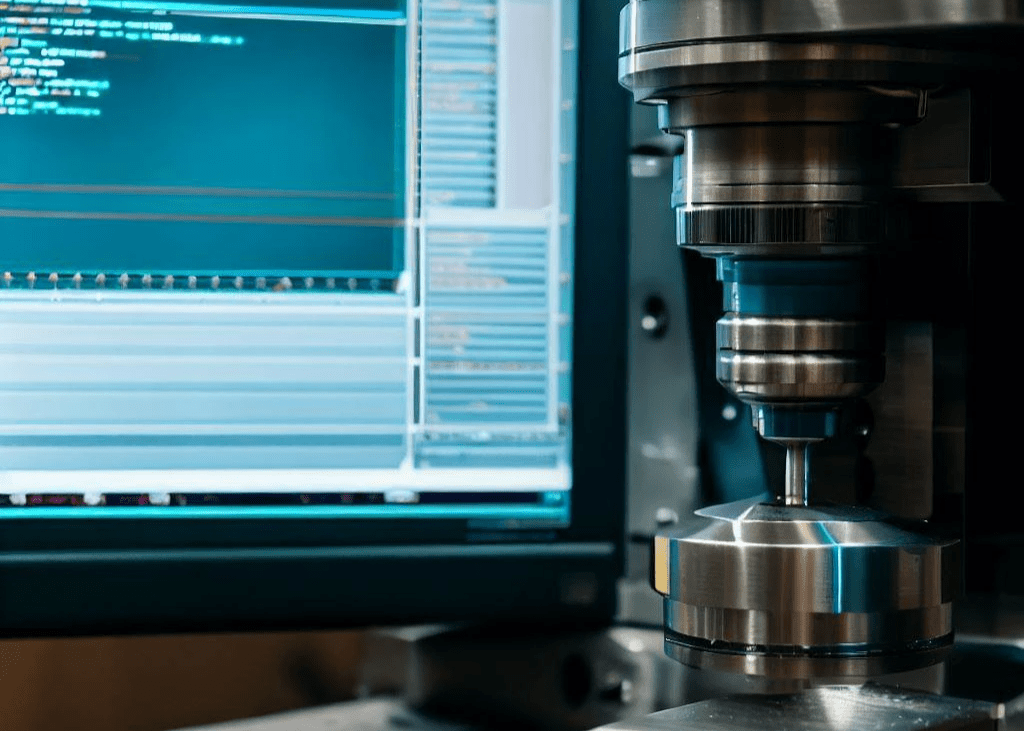
Testing and Verifying Chamfer Programs
Chamfer programming on a CNC lathe requires careful testing and verification to ensure accuracy and optimal performance. This section will discuss the importance of testing and verifying chamfer programs, methods for validating their accuracy, troubleshooting techniques for program validation errors, and SYIL's quality control measures for chamfer program testing.
Importance of Testing and Verifying Chamfer Programs
Testing and verifying chamfer programs is crucial to ensure that the programmed instructions will produce the desired results on the CNC lathe. By conducting thorough testing, operators can identify any errors or issues in the program before it is executed on the machine.
One key aspect of testing chamfer programs is checking whether the programmed tool movements align with the intended chamfer design. This involves running simulation software or using a virtual machine environment to visualize how the tool will interact with the workpiece during machining.
Additionally, testing allows operators to evaluate factors such as tool clearance, cutting speed, feed rate, and coolant usage. By experimenting with different parameters during testing, operators can optimize these variables to achieve superior surface finishes and reduce machining time.
SYIL recognizes the importance of rigorous testing in ensuring reliable chamfer programming on their CNC machines. With their advanced technology and expertise in CNC machining, SYIL provides comprehensive support for operators in validating their chamfer programs.
Methods for Validating the Accuracy of Chamfer Programs
There are several methods available for validating the accuracy of chamfer programs on CNC lathes. One common approach is using probing systems or touch probes to measure critical dimensions directly on machined parts.
Probing systems allow operators to verify precise angles, distances, depths, or other geometric features of chamfers after machining. By comparing these measurements against design specifications, operators can confirm whether their chamfer programs have been executed accurately.
Another method involves inspecting machined parts using coordinate measuring machines (CMMs) or optical measurement systems. These tools provide precise measurements and can identify deviations from the desired chamfer dimensions.
Additionally, operators can perform test runs on scrap material or sacrificial workpieces to evaluate the outcome of their chamfer programs. This allows them to assess the program's effectiveness without risking damage to valuable workpieces.
By employing these validation methods, operators can ensure that their chamfer programs are accurate and meet the required specifications.
Conclusion
Chamfer programming on CNC lathes is crucial for achieving precision and quality in machining operations. By understanding the definition, purpose, and benefits of chamfers, operators can optimize their CNC lathe operations.
SYIL Machine Tools, a leading manufacturer of precision CNC machines for milling and drilling, recognizes the importance of chamfer programming. With their expertise and commitment to quality, SYIL provides reliable and sustainable CNC machines that meet the demands of the industry.
To successfully program a chamfer on a CNC lathe, it is essential to follow a step-by-step guide. By setting up the machine correctly, choosing appropriate tooling, determining parameters accurately, and writing the program code meticulously, operators can ensure accurate chamfering operations.
Troubleshooting and optimizing chamfer programming is also crucial for enhanced efficiency. Identifying common issues, applying troubleshooting techniques for errors, and optimizing programs are essential to achieving error-free chamfer programming. SYIL's advanced technology further aids in minimizing errors during chamfer programming.
Safety considerations should never be overlooked when programming chamfers on CNC lathes. Adhering to safety guidelines and understanding potential risks is vital. SYIL prioritizes operator safety during chamfer programming by promoting safety precautions and providing comprehensive guidelines.
Testing and verifying chamfer programs are necessary to ensure accuracy. Operators should implement methods for validating program accuracy while applying troubleshooting techniques for any validation errors that may arise. SYIL's stringent quality control measures further guarantee reliable chamfer program testing.
